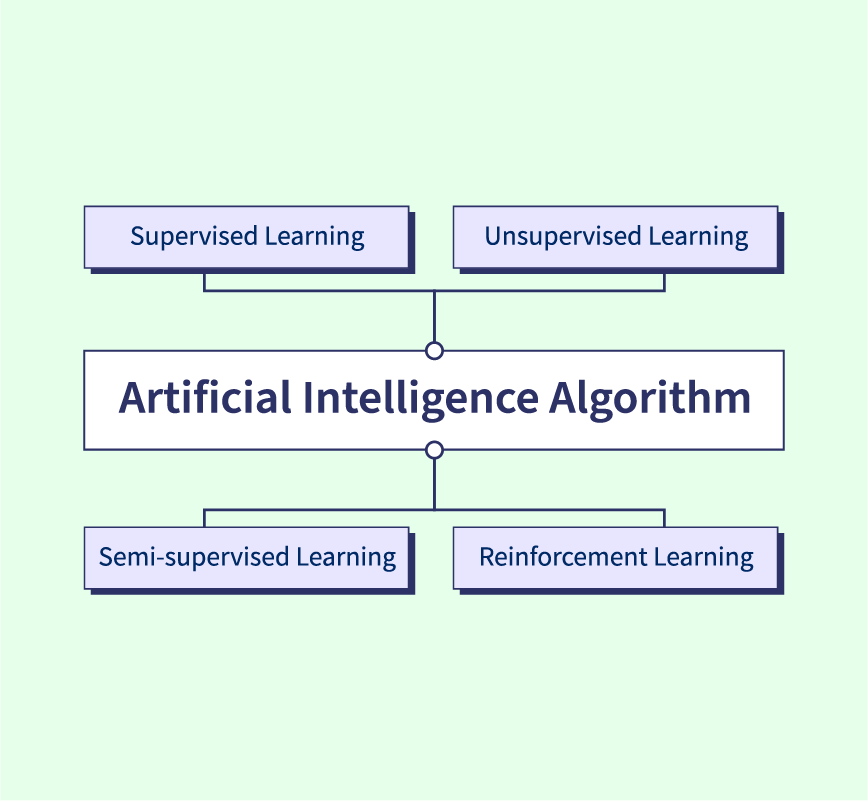Data Analyst Course Syllabus 2025
The demand for skilled data analysts is soaring as businesses increasingly rely on data-driven decision-making to gain a competitive edge. Across industries like finance, healthcare, e-commerce, and technology, organizations are seeking professionals who can interpret complex data and uncover actionable insights. To build a strong foundation in this field, a well-structured course syllabus is essential. ...











